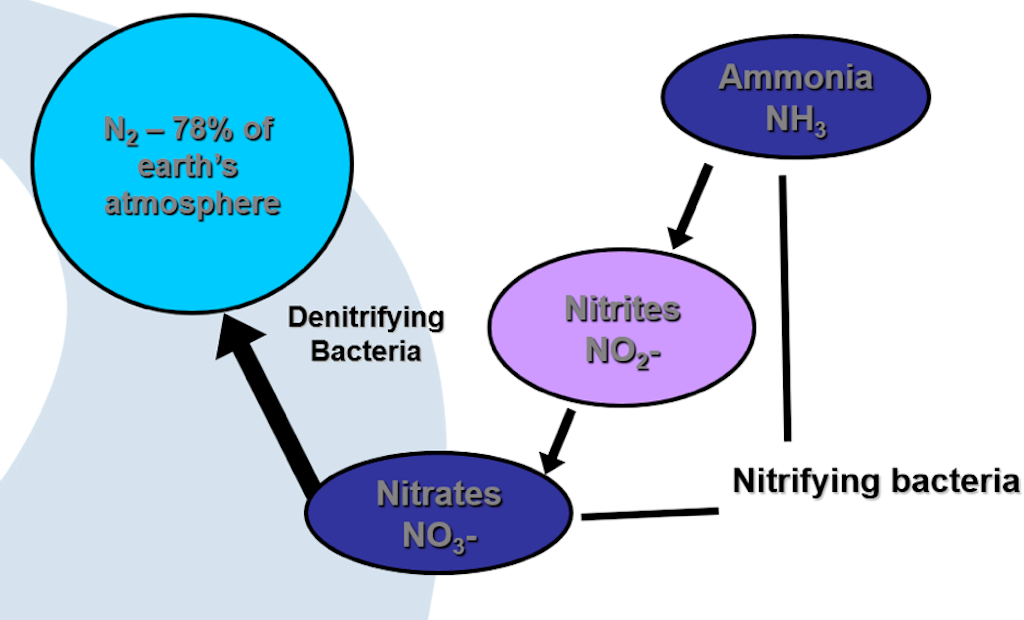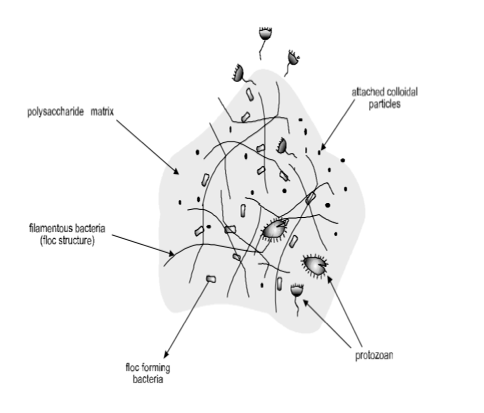Interested in Systems/ATUs?
Get Systems/ATUs articles, news and videos right in your inbox! Sign up now.
Systems/ATUs + Get AlertsMicroorganisms are living things, and for them to carry out their job in a septic system, they need the right environment and the right elements.
- Water is the universal solvent and is a hydrolyzing agent allowing things to be broken down.
- Air is introduced by the ATU to provide the bacteria with necessary oxygen.
- Energy is needed for the various microorganisms in the system. Some bacteria use carbon for their energy (heterotrophs), while others make their own energy from other substances (autotrophs).
- Nitrogen is used for protein synthesis. Protein is the building block of all living things.
- Phosphorus is a key component of DNA, RNA, ATP and cell membranes.
For every 100 mg/L of BOD5 the treatment unit needs to remove, 10 mg/L of nitrogen and 1 mg/L of phosphorus are necessary for microbial growth. If the nitrogen and phosphorus levels in a system are off, then the bacterial population will not be as effective in treatment.
Food to microorganism ratio
The food to microorganism ratio (F:M ratio) is also very important for good treatment, especially in suspended growth treatment systems. An ideal F:M ratio is when there is enough food to support all the life forms needed to do a good job at treatment and settle out of the effluent in the clarification process. When the microorganisms don’t settle well and leave the treatment system, this causes effluent issues.
Floc is a small micro-community of various live and dead microbes held together by extracellular material. These microbes all work together to break down the organics and nutrients in the wastewater. The formation of a good floc promotes good settling during clarification. When the F:M ratio is off, the floc formation is affected.
Too much food causes “pin floc.” This is when the floc-forming bacteria operate independently because they've been "spoiled" with the available food and therefore don’t need the symbiotic relationship with the other organisms in a good floc. Pin floc is light and does not settle well.
Filamentous bacteria can take over in situations where there is not enough food and they don’t allow floc-forming bacteria in. This causes sludge to be less dense and take up too much space. This phenomenon is called “sludge bulking.”
In fixed or attached growth systems, the biomass forms a biofilm. All microbes are tied together by extracellular material (extracellular polymeric substance, or EPS). With biofilm, too much food can cause the thickness of the biofilm to increase too quickly and may cause clogging. In contrast, too little causes less growth on the media, as well as slower growth and treatment.
Nitrogen removal
Nitrogen treatment is done with a different set of microbes — nitrifying and denitrifying bacteria. Treatment units need to provide the right environment for these two types of bacteria to do their jobs, but they are completely opposite environments. Nitrifying bacteria need oxygen and denitrification will only happen where there is very little oxygen. The bacteria that denitrify are after the oxygen molecule. They use the oxygen in the nitrate molecule if there is no free oxygen around, but they will always use free oxygen if it’s present.
The nitrification oxygen demand is very high, just under four times that of BOD5 (4.6 to 1.2 mg/L for every pound of the pollutant, respectively). It takes awhile to develop nitrification bacteria. The BOD bacteria grow first, and then the nitrifiers will start to develop if there is additional oxygen present. The nitrification process also needs temperatures at or above 50 degrees F, and some chemicals/medicines inhibit the process.
Some may think that a system cannot nitrify without consistent food, but that is not the case. Nitrifying bacteria need alkalinity to create their own energy source. It is important to know, however, that alkalinity is not always present in the source water.
Denitrification bacteria are not as picky about temperature or alkalinity. As discussed, they want oxygen and that can be free oxygen or the oxygen attached to the nitrate molecule. They also need “food” or an electron donor such as a carbon source to survive. For a sustainable ATU system, a carbon source may need to be added if there is not enough to keep the bacteria performing as they should.







